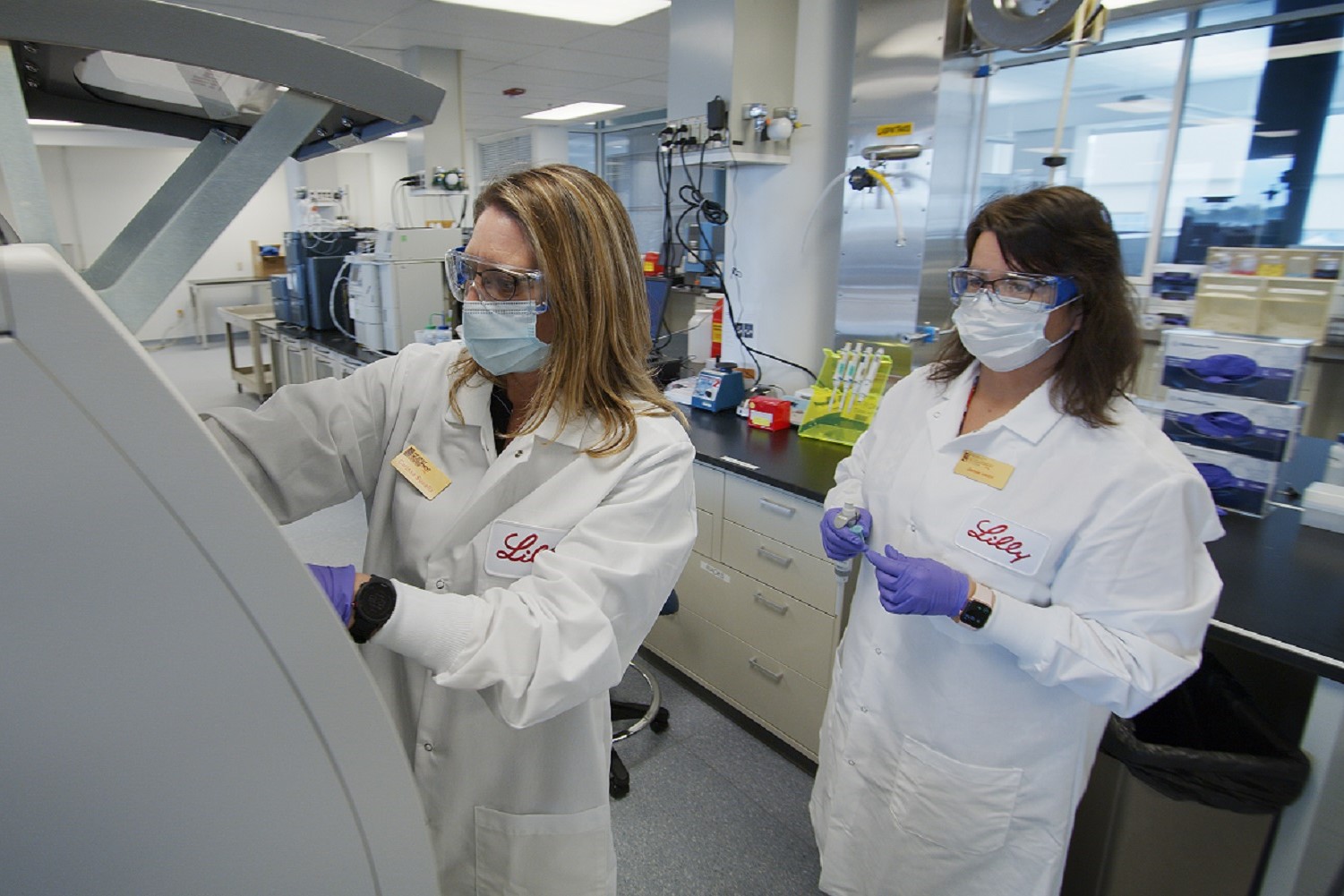 There’s plenty of excitement over advances in robotics and artificial intelligence and rightly so. The field is producing ways to help paralyzed individuals use their brainwaves to move mechanical arms to screening potential treatments for rare diseases.
There’s plenty of excitement over advances in robotics and artificial intelligence and rightly so. The field is producing ways to help paralyzed individuals use their brainwaves to move mechanical arms to screening potential treatments for rare diseases.
But there are also customer service oriented robots. Lowe’s, for example, is collaborating with Fellow Robots to assist customers and to keep track of inventory. (Fellow Robots CIO Thavidu Ranatunga was also a panelist) It’s only a matter of time before they come to hospitals. But there is a certain amount of trepidation over what the potential consequences of developing this technology could be. At times it feels like the subtext of these discussions taps into the movie The Terminator or The Matrix, which envision the downfall of humanity at the hands of robots.
How can we make robots that people would accept?

With the Rise of AI, What IP Disputes in Healthcare Are Likely to Emerge?
Munck Wilson Mandala Partner Greg Howison shared his perspective on some of the legal ramifications around AI, IP, connected devices and the data they generate, in response to emailed questions.
It could be that the secret of putting people at ease with the rise of robots is to make them more transparent by expressing intention. That was the thinking of a couple of panelists in a SXSW Interactive discussion on robots, their diversity and evolution of the technology behind them.
Leila Takayama, who until recently had been a Google X Human-Robot Interaction researcher, said if robots could show frustration or disappointment when they failed tasks, it could go a long way towards diminishing our apprehension. While at Google X, her team actually worked with an animator from Pixar to produce examples of what robotic body language could look like. The animator provided different responses to a problem such as getting attention of nearby humans so that it could be plugged in and struggling to open a door.
Wendy Ju, executive director of Interaction Design at Stanford University for Design Research, offered up findings from a survey she commissioned, showing that a physical acknowledgement of an error elevated their intelligence from the perspective of study participants.
One thing Takayama observed was that having worked in general purpose robotic development, a better application for robots was developing them for a specific function. “If we have a value proposition initially, we will get a lot further. Start with a purpose and a function that provides value to people.”
She pointed out that her favorite robot was the cleaning robot in Wall-E, because it was so purposeful about its role.
That point was illustrated in the form of a project exploring how people responded to a mobile trash can with a robotic brain. A video showed how people responded to it as it moved around a cafeteria to make it more convenient for people to dispose of their trash. When they interacted with it, they would treat it like a small child or a pet. At one point, when it fell over, a man picked it back up and asked if it was OK.
Ju noted that one of the priorities for AI and robots should be social competence. For instance, when a robot enters an elevator it should know to move to the side or the back rather than position itself in the middle, for example.
As for concerns that the advances in robot development are a sign of the Apocalypse, Takayama sought to put the audience at ease.
“People are so worried about robots taking over the world, but having seen a lot of robots I am not too worried about that.”














